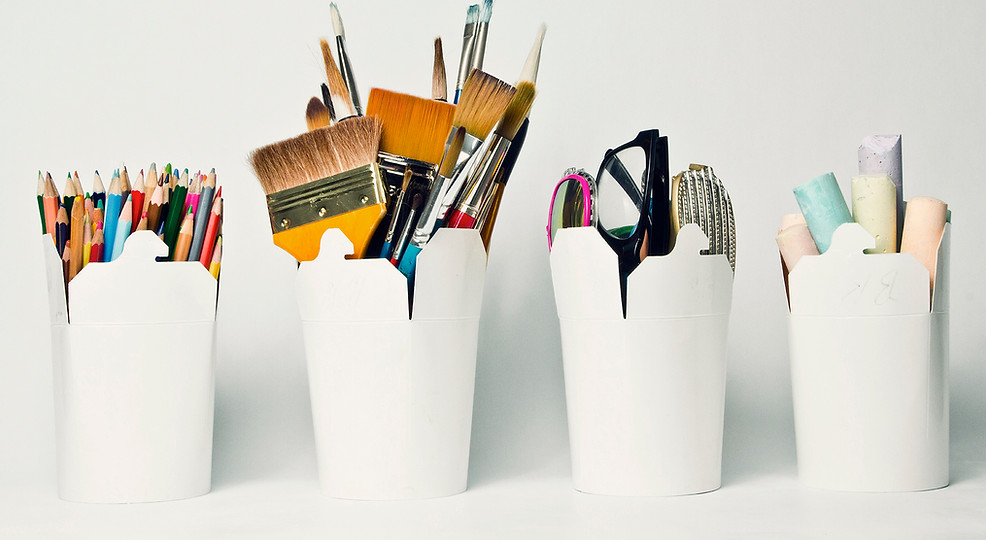Copyright Basics Part 3 - The "Making Available" Rights"
- copyrightforcrafte
- Jan 4, 2021
- 3 min read
Updated: Apr 21, 2022

We have discussed the first two rights that belong to a copyright holder - the reproduction right and the derivative right. The remaining three rights are combined here under one umbrella - the "making available" rights - because they all involve the ways in which a copyright owner can keep their work from bring made available to the public.
The Right to Distribute
A copyright holder has the exclusive right to distribute copies of their work to the public. This means that only the owner of the copyright can sell, lend, lease, rent or give away copies of their work. If that sounds counter-intuitive, it is because this right is significantly limited by the first sale doctrine. This doctrine allows anyone to sell, or otherwise get rid of, a copyrighted item that they have lawfully acquired. So, if someone is selling your copyrighted work, they are allowed to do so as long as they obtained the work legally. If they illegally copied the work and are distributing it to the public, then this is a violation of both the reproduction right and the distribution right.
Note that the right of distribution can be violated even if the distributor is not selling the work but is giving it away free of charge. Even though they are not making money off of the item, they are significantly undercutting the market and potentially preventing the copyright owner from profiting off of their own work.
The Right to Publicly Display
Only the owner of a copyright may display their work to the public. "Public" in this context means: any place that is open to the public or at any place where a substantial number of people outside of a normal circle of family and friends are gathered. So, let's say you have painted a fine art masterpiece and sold it. The person you sold it to keeps it for a few years then donates it to a city museum. It was fine for the person to display the work in their home as that is not a place that is open to the public, nor is it a place where a bunch of people that are not friends or family would gather. But, the museum would need to get your permission to display the work because they are open to the public.
While you may display a legally obtained copyrighted work to anyone present at the place where the copy is located, if you broadcast the piece via the Internet, television, etc. to other people, this can also violate the display right. So, you can wear your Spongebob t-shirt around town because anyone seeing it is located where the shirt is. But, if you hop on Youtube wearing the same shirt, any video you record and broadcast can be removed.
The Right to Publicly Perform
The public performance right is a sibling to the public display right but generally applies to a different category of works. Since you can't "display" music or choreography, those works are protected by the performance right. Only a copyright owner may perform a protected work in public. For example - the public display right is why bars and restaurants must obtain licenses before they can play music, have karaoke or even turn on televisions in their facilities. Also, schools must obtain licensing before they can put on plays or have their bands and orchestras play contemporary music. Fortunately, there are often umbrella associations that handle licensing for things like music and plays to make things a little easier to navigate.

コメント